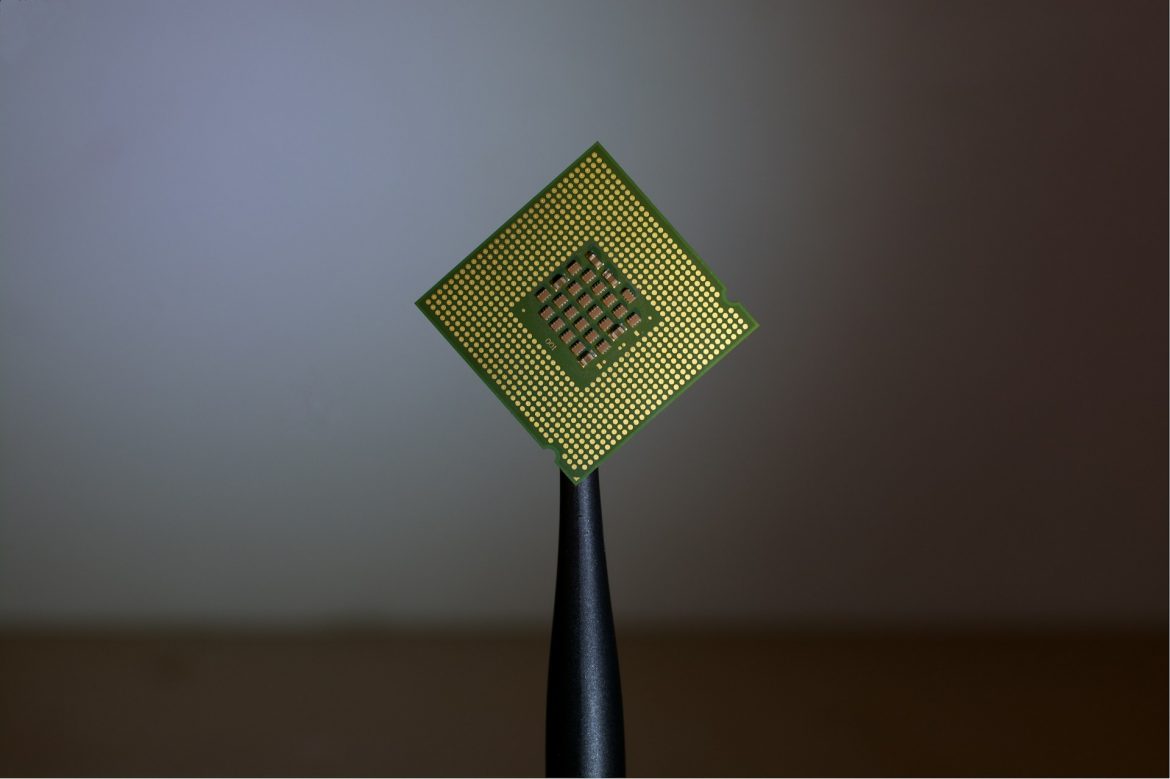Chinese scientists have developed a low-cost method for mass-producing optical chips used in supercomputers and data centers. This technique employs lithium tantalate and could help China circumvent U.S. trade sanctions imposed on the semiconductor sector.
Photonic integrated circuits (PICs) are manufactured using various materials, including lithium niobate, known for its excellent properties in converting electronic data into photonic information, a crucial part of the electro-optical conversion process.
“The industrial use of this [lithium niobate] technology is hindered by the high wafer cost and its limited size,” said Ou Xin, a professor at the Shanghai Institute of Microsystem and Information Technology, and Tobias Kippenberg from the Swiss Federal Institute of Technology Lausanne. Their work was published in early May in the journal Nature.
Ou’s team chose an alternative semiconductor material, lithium tantalate (LiTaO3), which performs better than lithium niobate and allows for low-cost mass production due to its manufacturing process resembling commercial silicon methods.
“Lithium tantalate has already been commercially adopted for 5G radiofrequency filters [used in smartphones] and offers scalable, low-cost manufacturing. It has properties equal to, and in some cases superior to, lithium niobate,” the article states.
“Compared to lithium niobate, lithium tantalate exhibits much lower birefringence, enabling high-density circuits and broadband operation across all telecommunications bands,” they highlight.
Given that PIC manufacturing involves shaping the wafers using lithographic techniques followed by etching and material deposition, the scientific team developed compatible processing technologies for lithium tantalate wafers.
The research demonstrated that lithium tantalate could be etched to create low-cost PICs using a process based on deep ultraviolet lithography technology. Lower costs would be driven by demand from consumer electronics companies.
“Our work paves the way for scalable manufacturing of next-generation, low-cost, high-volume electro-optical PICs,” Ou emphasized.
Novel Si Integration Technology, a start-up created by the Shanghai institute, already has the capability to mass-produce eight-inch wafers with the new material and has developed commercially viable microfabrication methods, according to the South China Morning Post.
This initiative could help Beijing mitigate the impact of U.S. sanctions aimed at restricting China’s access to advanced chips and technology.
In October 2022, the U.S. Department of Commerce imposed restrictions on the supply of supercomputing and semiconductor products to 31 Chinese companies, including Yangtze Memory Technologies Corp., China’s leading memory chip manufacturer.







